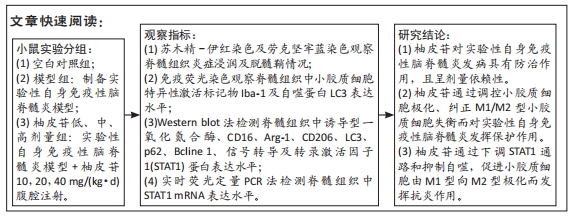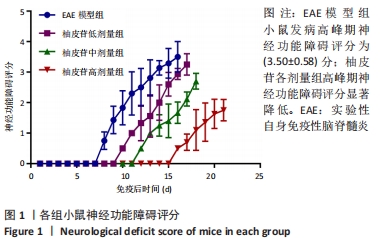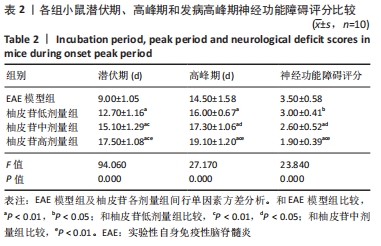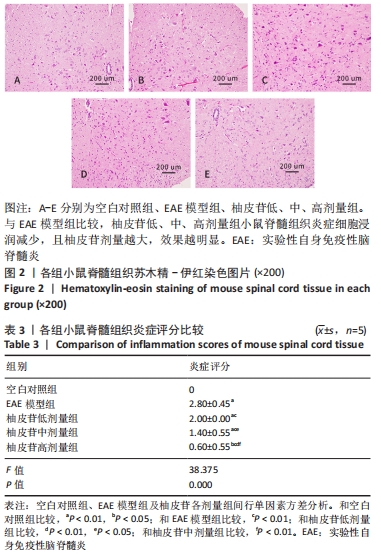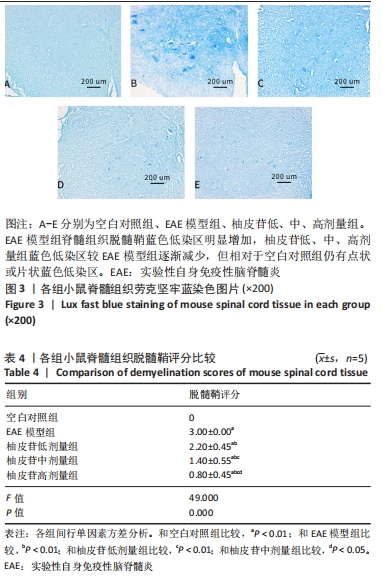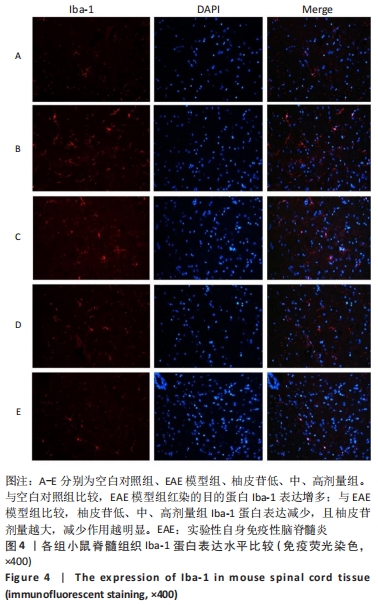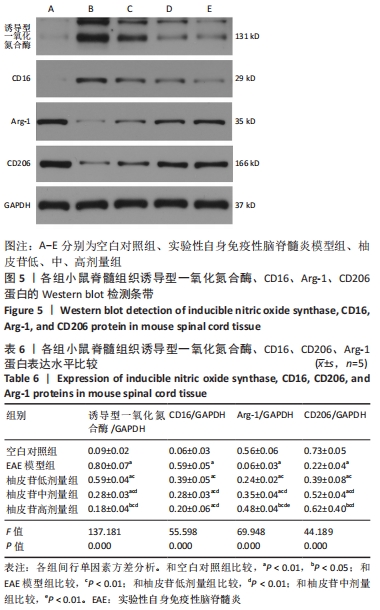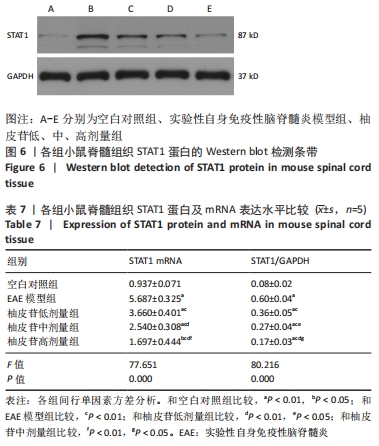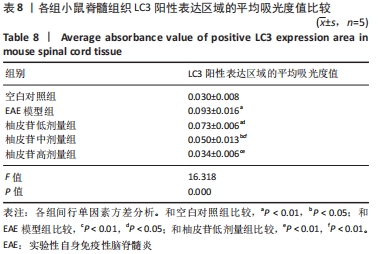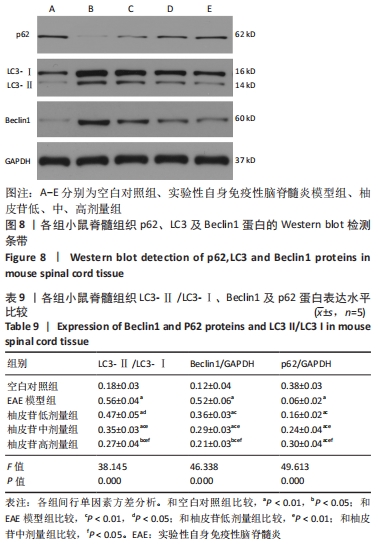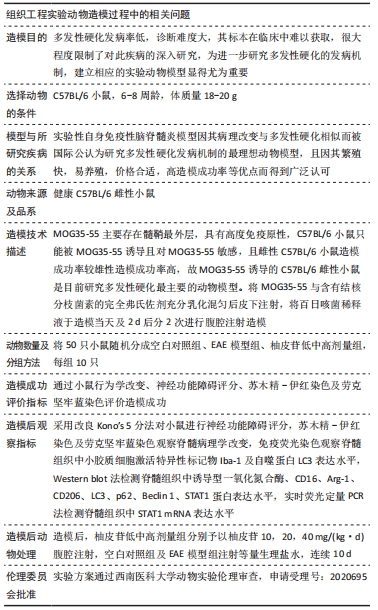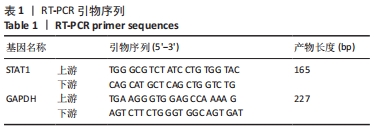[1] Robinson AP, Harp CT, Noronha A, et al. The experimental autoimmune encephalomyelitis (EAE) model of MS: utility for understanding disease pathophysiology and treatment. Handb Clin Neurol. 2014;122:173-189.
[2] Colonna M, Butovsky O. Microglia Function in the Central Nervous System During Health and Neurodegeneration. Ann Rev Immunol. 2017,35:441-468.
[3] Geladaris A, Häusler D, Weber MS. Microglia: The Missing Link to Decipher and Therapeutically Control MS Progression? Int J Mol Sci. 2021;22(7):3461.
[4] Bhattarai P, Thomas AK, Cosacak MI, et al. IL4/STAT6 Signaling Activates Neural Stem Cell Proliferation and Neurogenesis upon Amyloid-β42 Aggregation in Adult Zebrafish Brain. Cell Rep. 2016; 17(4):941-948.
[5] Hu ZW, Zhou LQ, Yang S, et al. FTY720 Modulates Microglia Toward Anti-inflammatory Phenotype by Suppressing Autophagy via STAT1 Pathway. Cell Mol Neurobiol. 2021;41(2):353-364.
[6] Feng J, Chen X, Lu S, et al. Naringin Attenuates Cerebral Ischemia-Reperfusion Injury Through Inhibiting Peroxynitrite-Mediated Mitophagy Activation. Mol Neurobiol. 2018;55(12):9029-9042.
[7] Zhang YS, Wang F, Cui SX, et al. Natural dietary compound naringin prevents azoxymethane/dextran sodium sulfate-induced chronic colorectal inflammation and carcinogenesis in mice. Cancer Biol Ther. 2018;19(8):735-744.
[8] Okuyama S, Yamamoto K, Mori H, et al. Neuroprotective effect of Citrus kawachiensis (Kawachi Bankan) peels, a rich source of naringin, against global cerebral ischemia/reperfusion injury in mice. Biosci Biotechnol Biochem. 2018;82(7):1216-1224.
[9] Jagetia GC, Venkatesha VA, Reddy TK. Naringin, a citrus flavonone, protects against radiation-induced chromosome damage in mouse bone marrow. Mutagenesis. 2003;18(4):337-343.
[10] Dijkstra S, Kooij G, Verbeek R, et al. Targeting the tetraspanin CD81 blocks monocyte transmigration and ameliorates EAE. Neurobiol Dis. 2008;31(3):413-421.
[11] Kim SR. Control of Granule Cell Dispersion by Natural Materials Such as Eugenol and Naringin: A Potential Therapeutic Strategy Against Temporal Lobe Epilepsy. J Med Food. 2016;19(8):730-736.
[12] Kim SR. Naringin as a beneficial natural product against degeneration of the nigrostriatal dopaminergic projection in the adult brain. Neural Regen Res. 2017;12(8):1375-1376.
[13] Rong W, Pan YW, Cai X, et al. The mechanism of Naringin-enhanced remyelination after spinal cord injury. Neural Regen Res. 2017;12(3):470-477.
[14] Singh N, Bansal Y, Bhandari R, et al. Naringin Reverses Neurobehavioral and Biochemical Alterations in Intracerebroventricular Collagenase-Induced Intracerebral Hemorrhage in Rats. Pharmacology. 2017;100(3-4):172-187.
[15] Bai J, Li S, Wu G, et al. Naringin inhibits lipopolysaccharide-induced activation of microglia cells. Cell Mol Biol (Noisy-le-Grand, France). 2019;65(5):38-42.
[16] Chen Q, Wu H, Tao J, et al. Effect of naringin on gp120-induced injury mediated by P2X7 receptors in rat primary cultured microglia. PloS one. 2017;12(8):e0183688.
[17] Wolburg H, Wolburg-Buchholz K, Kraus J, et al. Localization of claudin-3 in tight junctions of the blood-brain barrier is selectively lost during experimental autoimmune encephalomyelitis and human glioblastoma multiforme. Acta Neuropathologica. 2003;105(6):586-592.
[18] Sasaki Y, Ohsawa K, Kanazawa H, et al. Iba1 is an actin-cross-linking protein in macrophages/microglia. Biochem Biophys Res Commun. 2001;286(2):292-297.
[19] Chu F, Shi M, Zheng C, et al. The roles of macrophages and microglia in multiple sclerosis and experimental autoimmune encephalomyelitis. J Neuroimmunol. 2018;318:1-7.
[20] Hamilton JA. Colony-stimulating factors in inflammation and autoimmunity. Nat Rev Immunol. 2008;8(7):533-544.
[21] Weber MS, Prod’homme T, Youssef S, et al. Type II monocytes modulate T cell-mediated central nervous system autoimmune disease. Nat Med. 2007;13(8):935-943.
[22] Qu Z, Zheng N, Wei Y, et al. Effect of cornel iridoid glycoside on microglia activation through suppression of the JAK/STAT signalling pathway. J Neuroimmunol. 2019;330:96-107.
[23] Thome R, Bonfanti AP, Rasouli J, et al. Chloroquine-treated dendritic cells require STAT1 signaling for their tolerogenic activity. Eur J Immunol. 2018;48(7):1228-1234.
[24] Vezzani B, Carinci M, Patergnani S, et al. The Dichotomous Role of Inflammation in the CNS: A Mitochondrial Point of View. Biomolecules. 2020;10(10):1437.
[25] Yin H, Wu H, Chen Y, et al. The Therapeutic and Pathogenic Role of Autophagy in Autoimmune Diseases. Front Immunol. 2018;9:1512.
[26] Isogai S, Morimoto D, Arita K, et al. Crystal structure of the ubiquitin-associated (UBA) domain of p62 and its interaction with ubiquitin. J Biol Chem. 2011;286(36):31864-31874.
[27] Raha S, Kim SM, Lee HJ, et al. Naringin Induces Lysosomal Permeabilization and Autophagy Cell Death in AGS Gastric Cancer Cells. Am J Chin Med. 2020;48(3):679-702.
[28] Li W, Feng J, Gao C, et al. Nitration of Drp1 provokes mitophagy activation mediating neuronal injury in experimental autoimmune encephalomyelitis. Free Radic Biol Med. 2019;143:70-83.
[29] Plaza-Zabala A, Sierra-Torre V, Sierra A. Autophagy and Microglia: Novel Partners in Neurodegeneration and Aging. Int J Mol Sci. 2017;18(3):598.
[30] Su P, Zhang J, Wang D, et al. The role of autophagy in modulation of neuroinflammation in microglia. Neuroscience. 2016;319:155-167.
|
